Slugs are a pest of both winter and spring canola. Their severity is influenced by crop residue; slugs shelter in residue and cause damage in no-till fields or areas of tilled fields that have residue on the surface. Damage has more often been observed in winter canola, likely because there is a greater appetite for reduced tillage in southern Ontario where winter canola is grown. In addition, winter canola is typically seeded after winter wheat harvest where there is a lot of residue to remove and/or bury, and there are often thick mats of chaff left behind the combine.
Slugs are often underestimated because producers do not observe significant damage in their other field crops. Damage is usually more severe in canola because slugs remove the cotyledons and growing point as the seedling emerges, leaving nothing but tiny stems that do not continue to grow and are difficult to see.
Life Cycle
Slugs are hermaphrodites, being female and male at the same time. They can self breed or mate with another slug. There is one generation per year but two populations, one maturing as adults in the spring and one maturing as adults in the fall. The eggs and adults overwinter and eggs hatch in the spring once temperatures reach 5oC. Juvenile slugs hatch from eggs in spring and early fall and are the most damaging stage. Slugs are most active during cool, wet periods and crop debris provides them with shelter from the sun.
Crop Damage
Slug damage in canola is typically more severe than in other field crops. Slugs remove the cotyledons and growing point as the seedlings emerge, leaving nothing but tiny stems that do not continue to grow and are difficult to see (Figure 1). Extensive damage can occur in a short time, with small to very large areas of the field having no canola plants (Figure 2 and 3). This damage may be misdiagnosed as a problem with crop emergence.
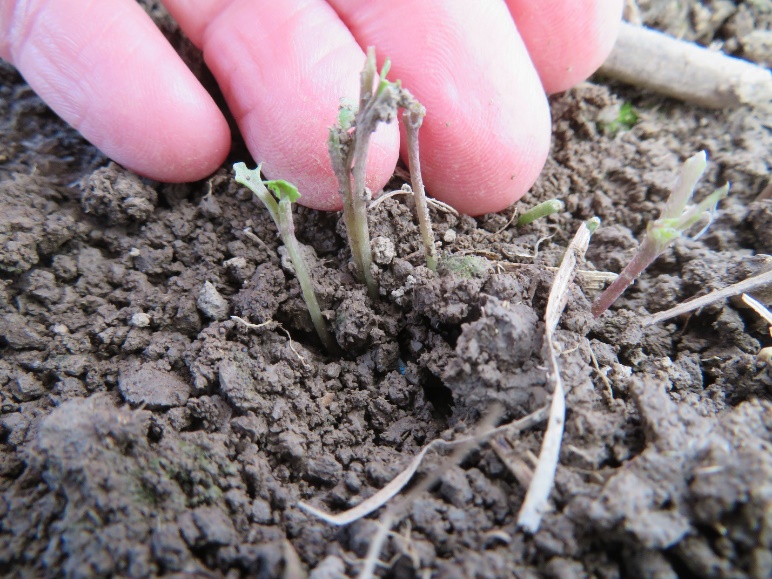
Figure 1. Slug feeding on canola right after emergence leaves tiny stems that can be very difficult to see.
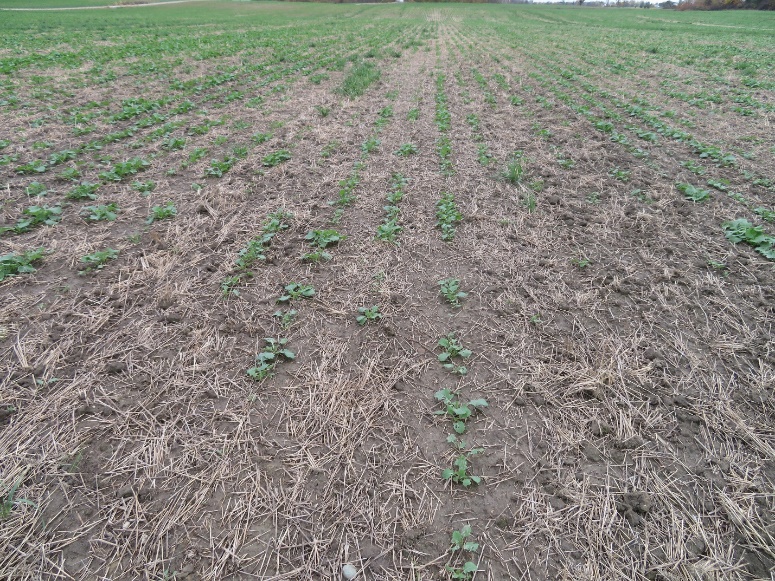
Figure 2. Gaps in a canola stand caused by slug feeding in a high-residue area.
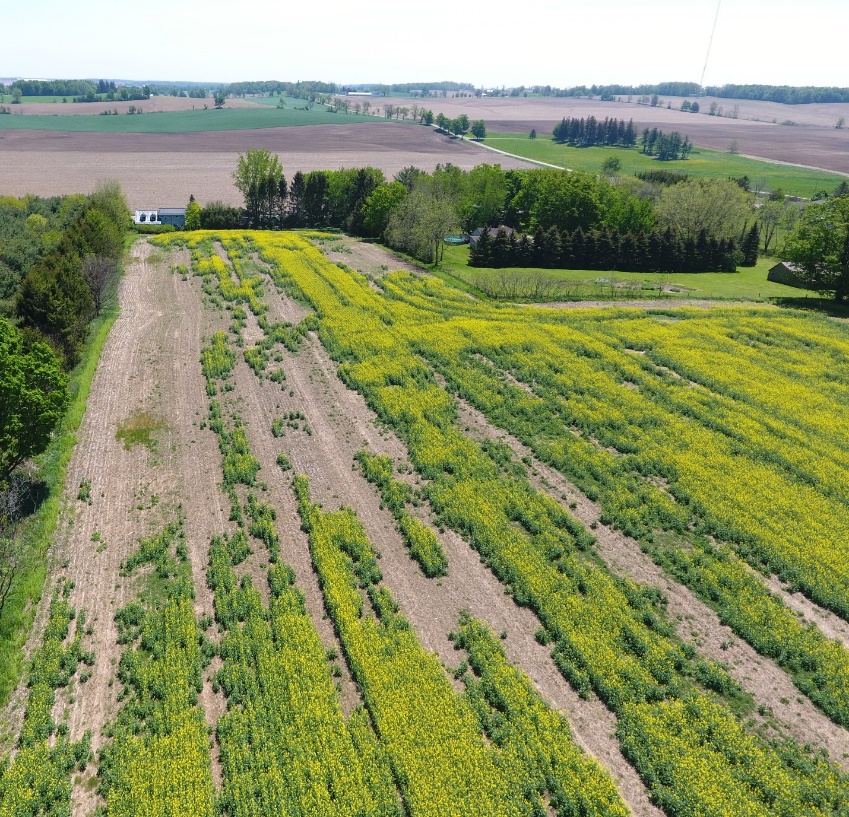
Figure 3. Significant gaps in no-till canola caused by slug feeding at emergence. Photo credit: J. Hammerton
Scouting
The slugs themselves may not be found easily, so scouting is focused on the crop itself. Check the crop frequently after seeding through to the 1 to 2-leaf stage to confirm that the crop has emerged. Check whether gaps in the stand are in areas with more crop residue. Slugs may also feed at the field perimeter near grass ditches or bush (Figure 4). At the cotyledon to 1-leaf stage, check gaps in the stand for tiny stems without cotyledons (see Figure 1). The stems may only be 1 cm tall and are very hard to see. At later vegetative growth stages, plants that are near gaps in the stand usually have feeding holes in the leaves (Figure 5) which helps confirm that gaps were likely caused by slugs.
To find the slugs, check under debris and clumps of soil. They are most active at night and in the early morning. Look for signs of a slimy, silver-coloured trail on the plants or soil surface. To determine population levels, put small pieces of plywood or roofing shingles on the soil surface, placing rocks on top so they do not blow away. The boards will act as shelters for the slugs. Visit the boards every 5 days for approximately 1 month, counting the number of slugs present under the boards. Morning is the best time to look, since slugs will still be under these shelters.
Slugs in Ontario can grow up 10 cm in length but may be very small (approx. 1 cm) and difficult to see (Figure 6). Eggs are tiny transparent to white spheres found in clusters in the soil.

Figure 4. Slug feeding along perimeter of a tilled canola field.
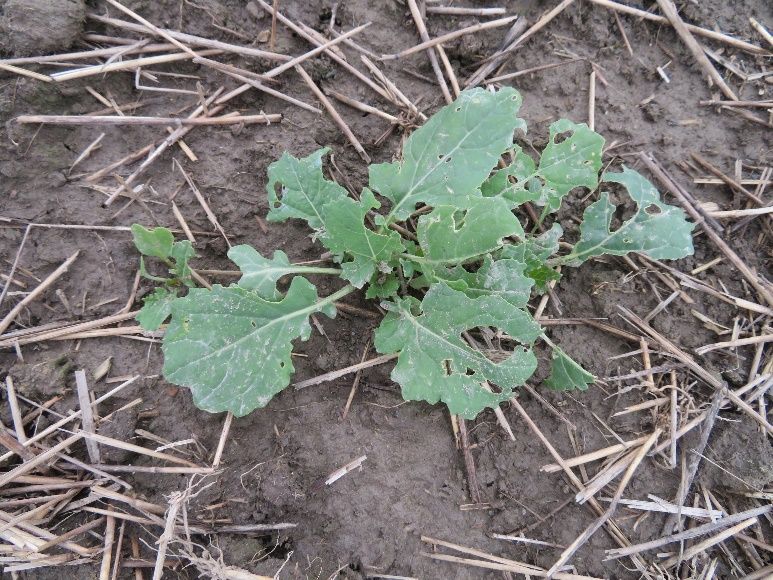
Figure 5. Irregular holes at leaf edges and in center of canola leaves caused by slug feeding.
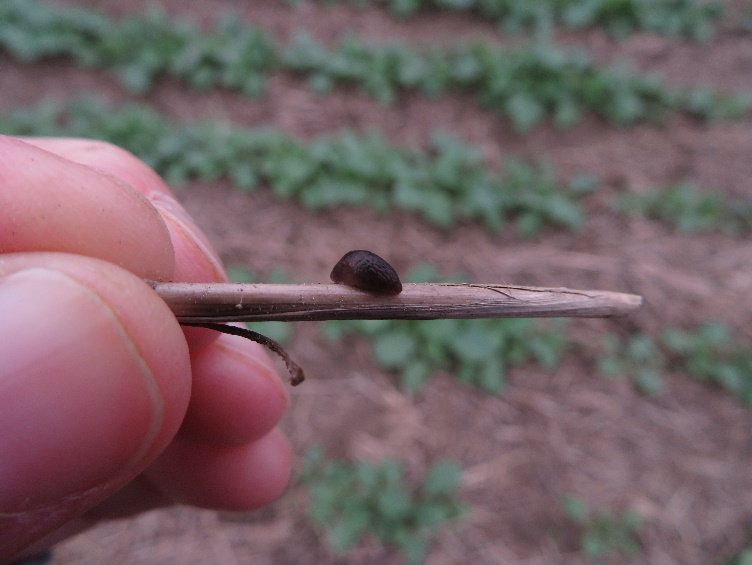
Figure 6. Slugs are difficult to find and may be very small.
Management
No economic thresholds are available but finding the presence of slugs under shelter traps can help guide preventative and cultural practices to reduce risk.
No-till canola in Ontario is not recommended because this commonly results in crop failures due to slug damage. Remove residue and/or conduct tillage to bury residue, which exposes slugs to dehydration and predation by birds and mammals.
There are presently no economically feasible chemical methods available for slug control in field crops. Slug baits are available but are very expensive. Experiments with 28% nitrogen/water mixtures or foliar potash applications have proven to be inconsistent and are not encouraged. Insecticides (seed, soil applied or foliar) do not control slugs.